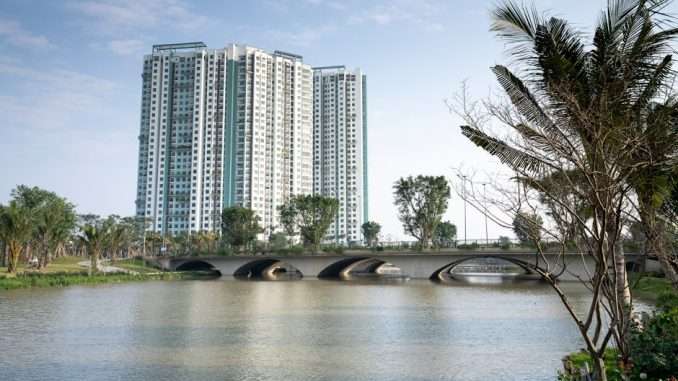
Affordable housing development in the United Kingdom is a complex endeavor, intricately woven into the social and economic fabric of the nation. A striking illustration of this complexity emerges when examining two recent, yet contrasting, narratives from County Durham and Oxfordshire. These stories not only highlight the challenges inherent in providing homes for the many but also underscore the importance of respecting local identity and values.
In the rugged landscapes and historic backdrop of County Durham, a proposal to construct 32 affordable homes in the town of Consett sparked intense debate. Ray Mansell, leading the proposal, envisioned a diverse mixture of housing options, including self-builds, bungalows, and houses, to address the varying needs of the community. Unfortunately, the plan, despite its comprehensive nature and aim to mitigate the region’s acute affordable housing shortage, hit a wall of opposition. The local council, echoing community concerns, withheld approval due to apprehensions about the strain on local services, increased traffic congestion, and potential erosion of the town’s unique character. The council’s decision to reject the project, despite the clear demand for affordable housing, highlights the intricate dance between fostering growth and preserving the essence of local communities.
Conversely, some 300 miles to the south in Oxfordshire, the village of East Hagbourne presents a remarkably different outcome. The Deanfield Green development, a collaborative project between GreenSquareAccord, Deanfield Homes, and Homes England, received not just acceptance but commendation from local residents. This development, consisting of 11 new affordable homes, offers a range of modern amenities and is designed with sustainability in mind. Features such as underfloor heating, integrated kitchen appliances, and electric vehicle charging points reflect a forward-thinking approach to living. Moreover, the development’s location near key transport links and its shared ownership schemes have made it a shining example of affordable, yet desirable, housing in a county known for its high property prices.
The success of East Hagbourne’s development underscores the importance of strategic planning that aligns with community aspirations. The swift reservations of these homes by locals point to a collective approval for residences that are affordable and well-designed. It’s a positive narrative that demonstrates the potential for harmonious integration when all stakeholders work together towards a common goal.
The divergent paths taken in County Durham and Oxfordshire shed light on the broader challenges the UK faces in its quest for affordable housing. In County Durham, the rejection of Mansell’s well-intended development points to the difficulties developers face when local values and limited resources are not in concord with proposed projects. The intense scrutiny and eventual dismissal of the proposal underscore the complexities of developing in areas where community ties are robust and infrastructure may be lacking.
In contrast, the story from Oxfordshire is one of hope and adaptability. Here, an environmentally conscious and community-focused approach has resulted in a victory for affordable housing. The Deanfield Green development has managed to satisfy the practical needs of its future inhabitants while also addressing broader environmental goals. This outcome showcases the positive potential of development when conducted with sensitivity and a spirit of cooperation.
The contrasting experiences of these two regions offer profound insights into the ongoing conversation about affordable housing in the UK. The success of a housing development is not merely judged by the construction of new buildings but by how these structures integrate with and enhance the communities they are meant to serve. As the demand for affordable housing continues to rise, the stories of County Durham and Oxfordshire emphasize the importance of community engagement, strategic planning, and a dedication to sustainable practices.
The journey toward an inclusive and accessible housing market is laden with challenges but equally ripe with opportunities for innovation and unity. The stark differences between the rejection in Consett and the celebration in East Hagbourne capture the essence of the national debate on affordable housing. They highlight the necessity for developers, councils, and residents to navigate the diverse needs and perspectives within their locales thoughtfully. As the UK contends with these critical housing issues, the disparate outcomes of these two distinct projects serve as powerful reminders of the resilience, adaptability, and collective pursuit of the common good that are indispensable in shaping the landscape of housing affordability in the nation.


Be the first to comment